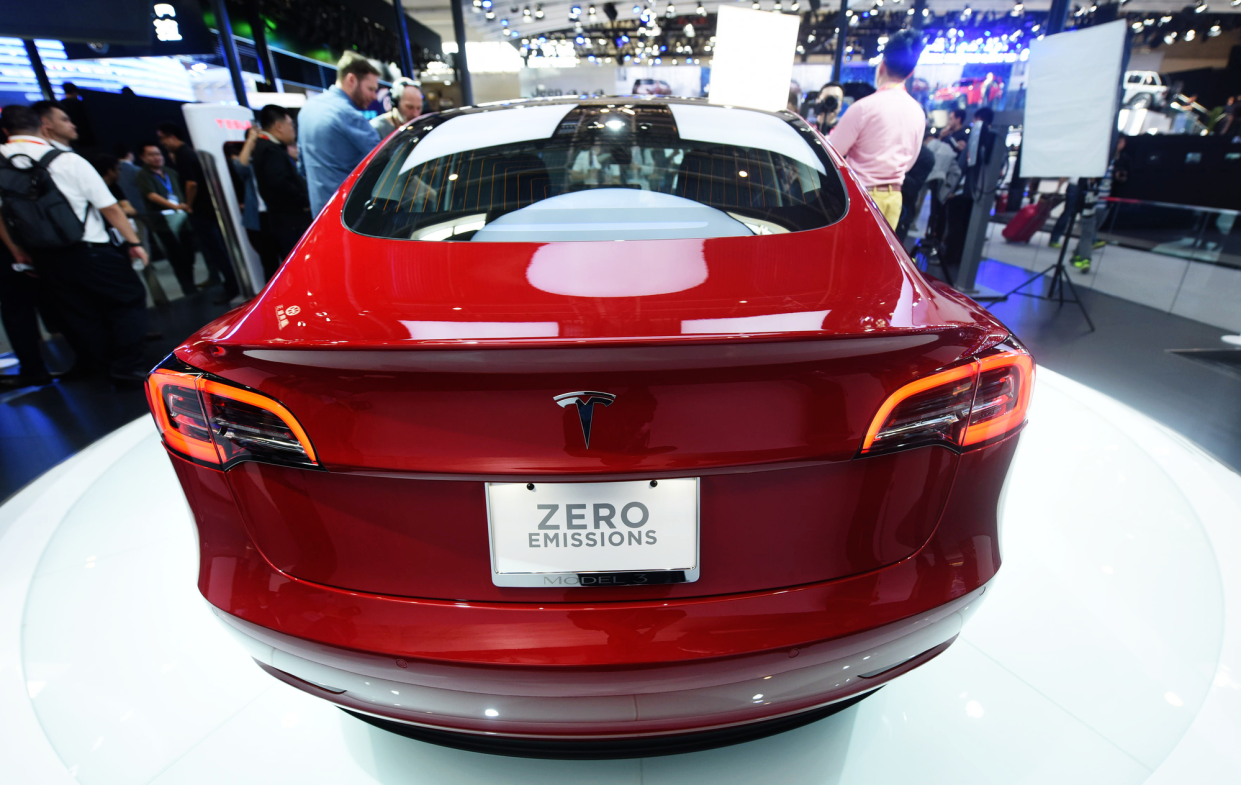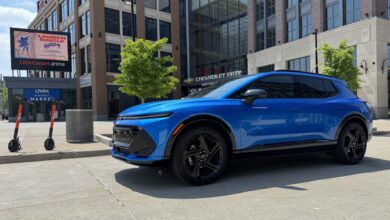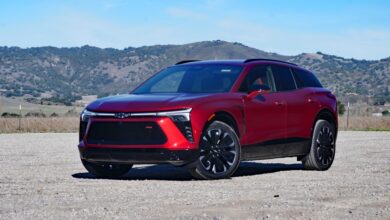Why You’d Be Stupid Not to Get an Electric Car
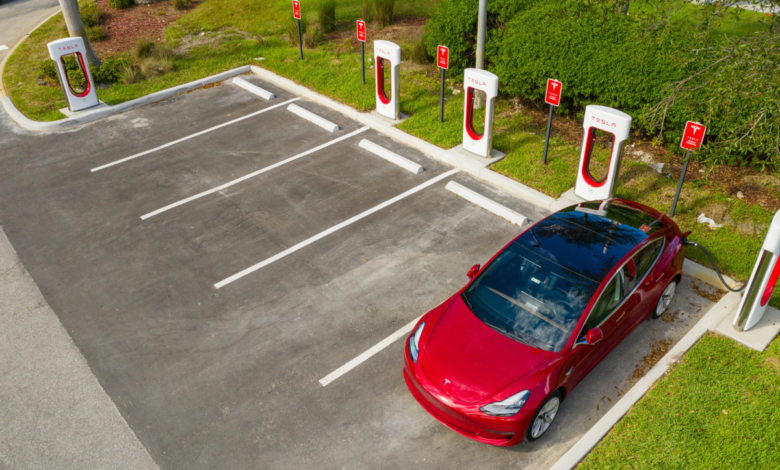
Don’t Be Stupid
With President Joe Biden’s strong push for electric vehicles (EVs) as part of his climate and economic policy, there’s never been a better time to switch to an EV. They’re cheaper than ever before, with prices falling and a $7,500 federal tax credit making them more affordable. EV battery technology is advancing and the network of public charging stations is growing nationwide. For all these reasons and more, you’d be foolish not to make the switch from gas to electric.
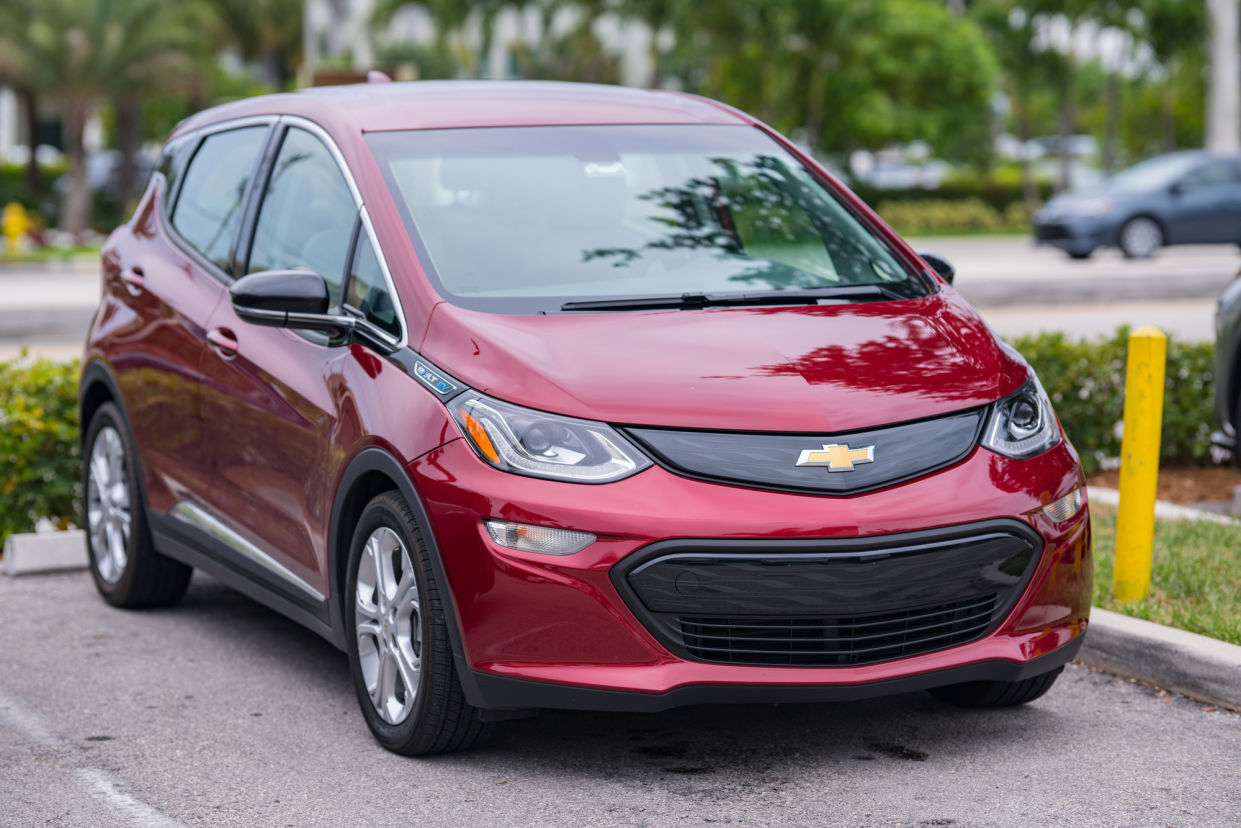

They’re Cheaper Than Ever Before
It’s not just Tesla’s prices that are falling. According to Recurrent, used EV prices will reach parity across the auto industry by the end of 2024. There are also tax rebates for used EVs priced below $25,000. Throw in the $7,500 federal tax credit and you’ve suddenly got an affordable EV. For instance, a Chevrolet Bolt EV is just $19,000 after tax credits and rebates.


The Battery Life Ain’t Shabby
Potential buyers concerned about the life expectancy of lithium-ion batteries can rest easy. EV batteries only degrade at a rate of 2.3% of maximum capacity per year, and most batteries (there’s currently a Tesla Model S that’s clocked over 1.21 million miles) outlast the vehicles they’re installed in. Also, federal law requires automakers to warranty EV and hybrid batteries for at least eight years or 100,000 miles. For instance Rivian’s R1T electric truck and R1S electric SUV have an eight year or 175,000-mile coverage for their battery.
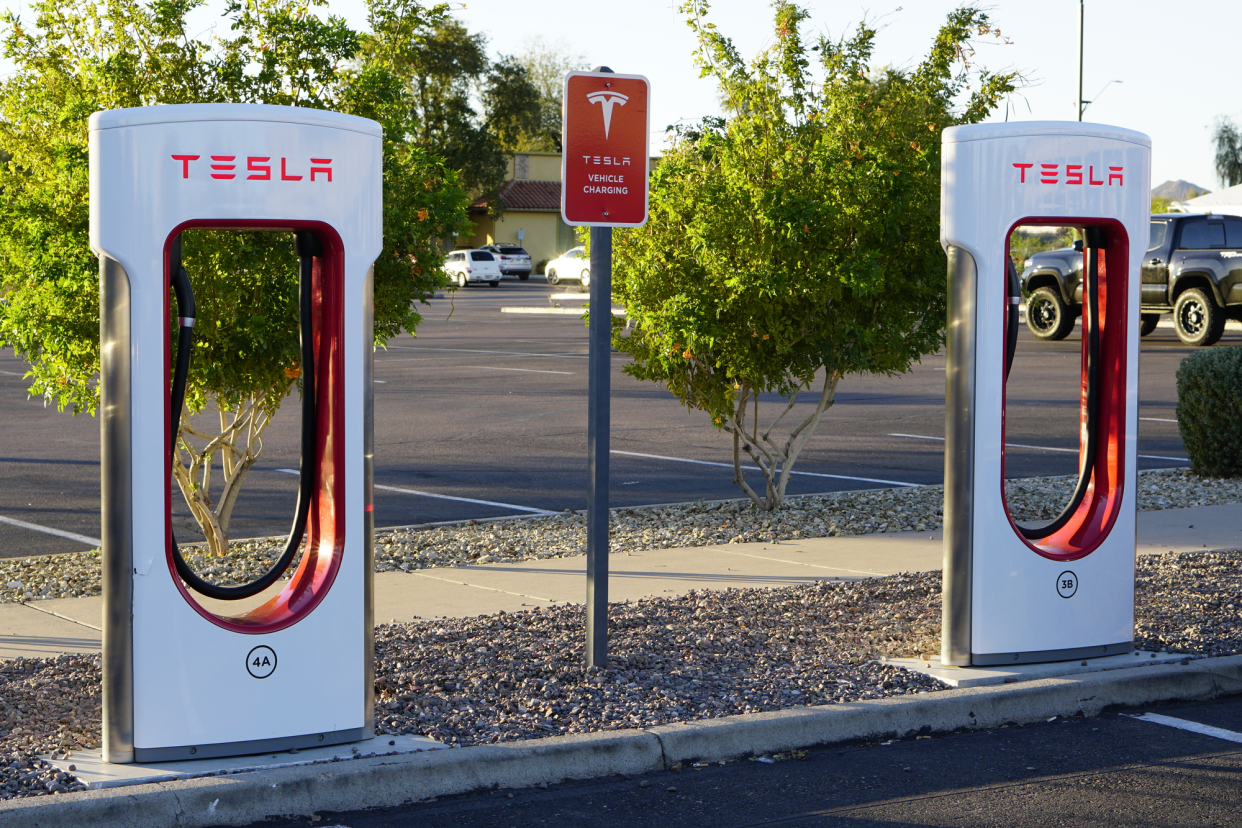

You Won’t Run Out of Juice
Before now, if you owned an EV it was recommended to charge at home, because at 20-40 miles per hour, it could take up to 12 hours to fully charge a car. Those days are gone as of April 2024. Statista averages around 168,300 public charging outlets and 62,600 public charging stations across the country. Plus, the industry is becoming more unified. In May 2023, Ford announced that it would transition from the CCS1 (Combined Charging System) to the Tesla-pioneered NACS (North American Charging Standard), meaning Ford EVs can now charge up at a Tesla Supercharger. Plus, there are more than a few EV options that can go 335 miles without recharging.
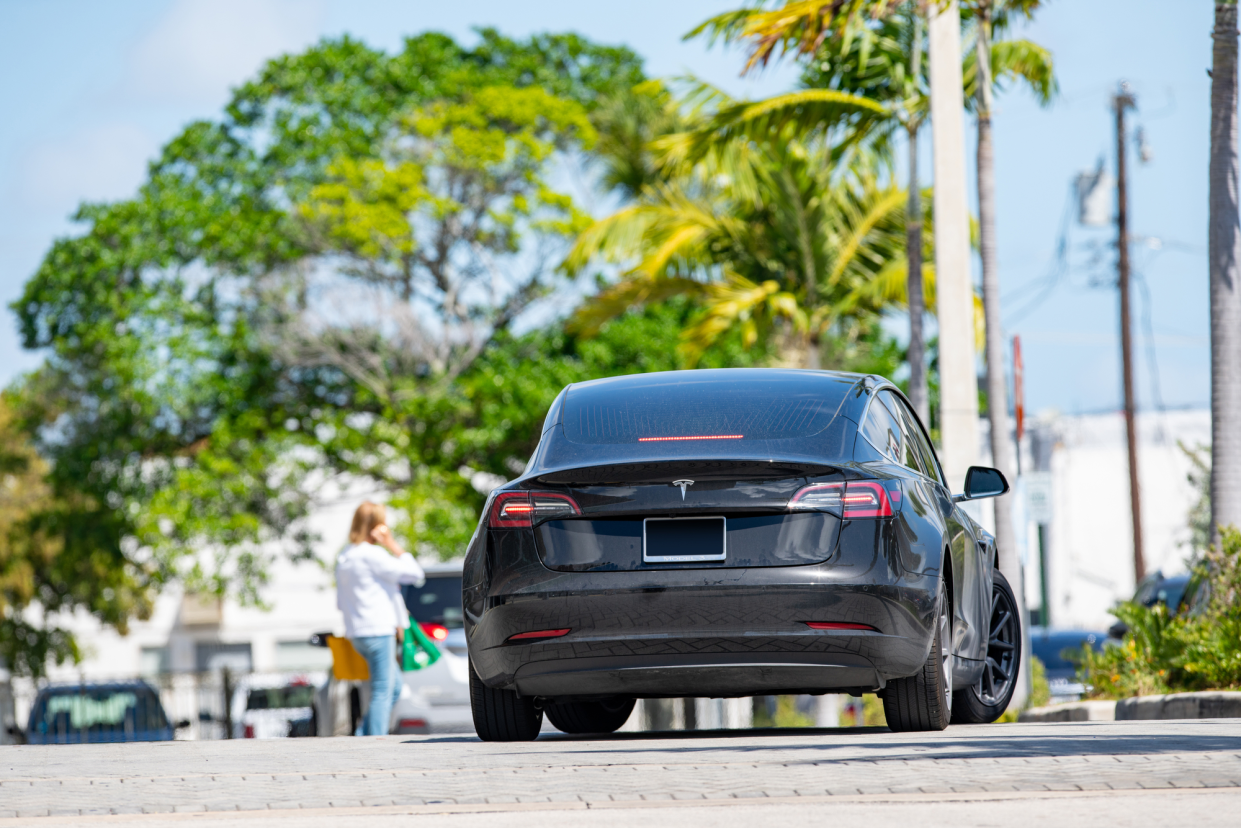

It Costs Less To Operate an EV
On a day-to-day basis, operating an EV is cheaper because it costs less to charge than to fuel up. According to Duke Energy, an electric car can save on average $1,000 in fuel each year. To put this in perspective, if a Tesla 3 and BMW 3 series were to drive from San Jose to Los Angeles, the Tesla would spend $23.80 for charging on the road, while the BMW 3 series would pay $45.32 in fuel ($4/gallon). Remember when gas prices were over $6 a gallon in 2022? Plus there are always free chargers at airports and shopping centers. If you strategize right, you’ll pay next to nothing to operate your EV.


They Just Drive Better
Forget the long-term savings. When it comes to performance and overall driving experience, EVs outperform gas cars. Thanks to electric motors providing instant torque, EVs have a much faster acceleration. For example, the Lucid Air Touring goes 0-60 mph in 3 seconds. They’re also usually very quiet at low speeds, offering a more pleasant drive.


They Are Better for the Planet
According to the EPA, electric vehicles have a smaller carbon footprint than gasoline cars, even when accounting for the electricity used for charging and battery manufacturing. Curious how an EV stacks up against a gasoline car in terms of CO2 emissions? The Beyond Tailpipe Emissions Calculator can help you estimate the greenhouse gas emissions associated with charging and driving an EV or a plug-in hybrid electric vehicle (PHEV).
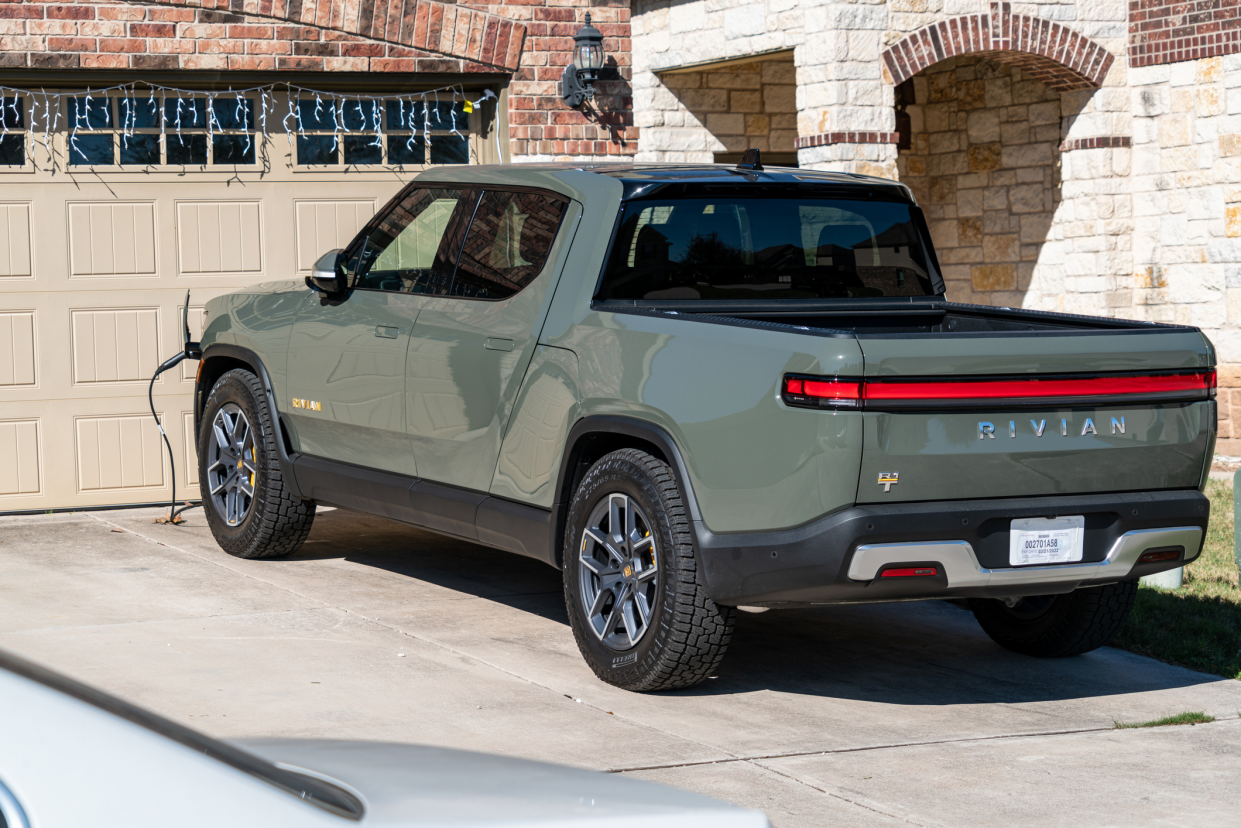

You Instantly Eliminate Some Maintenance Costs
EVs don’t have an engine, so there’s no pesky oil change, spark plug replacements, or routine maintenance to worry about. Chase estimates reduced maintenance needs may save an EV owner $4,600 over the lifespan of a car. They also have fewer moving parts than gas-powered cars, which means fewer opportunities for things to break.
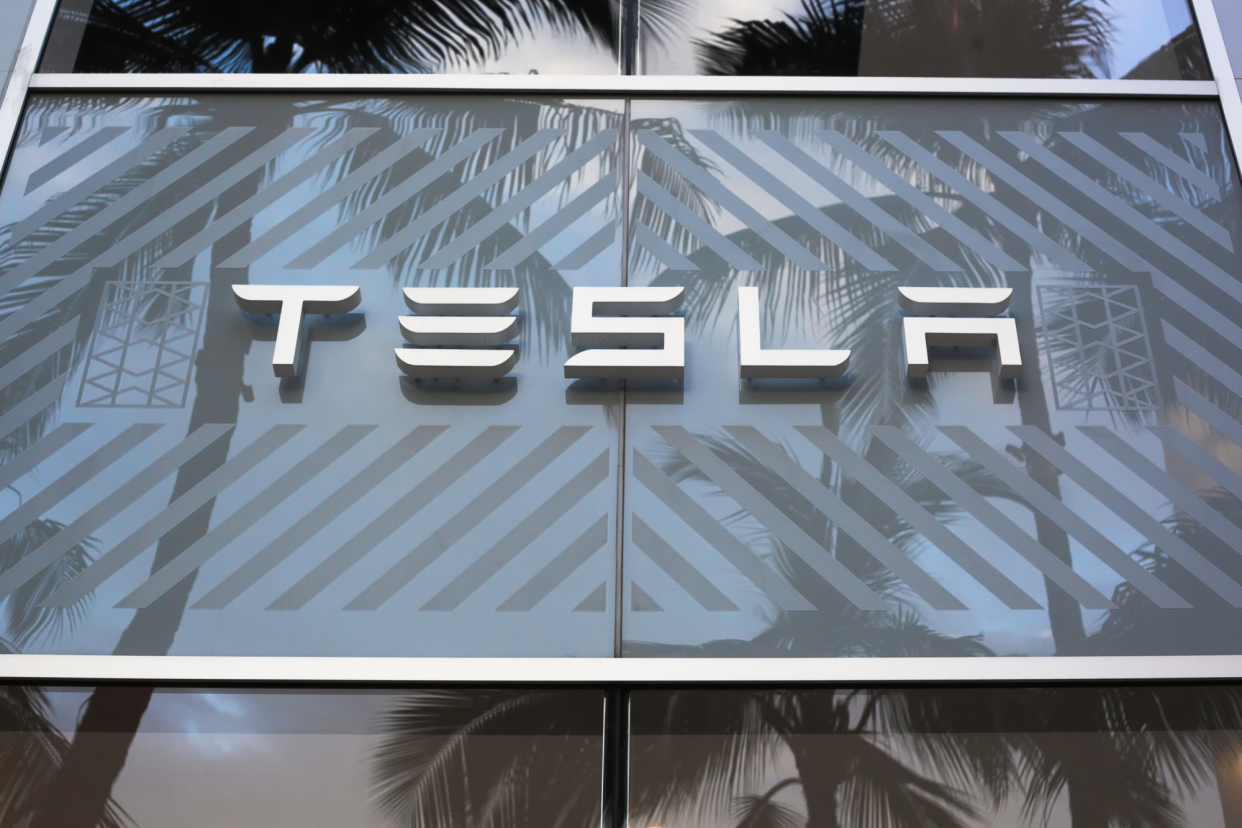

No More Pesky Dealerships
Exclusive to Tesla and Rivian in specific states, automakers can sell directly to consumers. This means no more haggling at the dealership and wondering if you’re getting ripped off. Additionally, cost savings from not maintaining dealership networks can be passed onto consumers through a cheaper sticker price and a more transparent car-buying experience.
